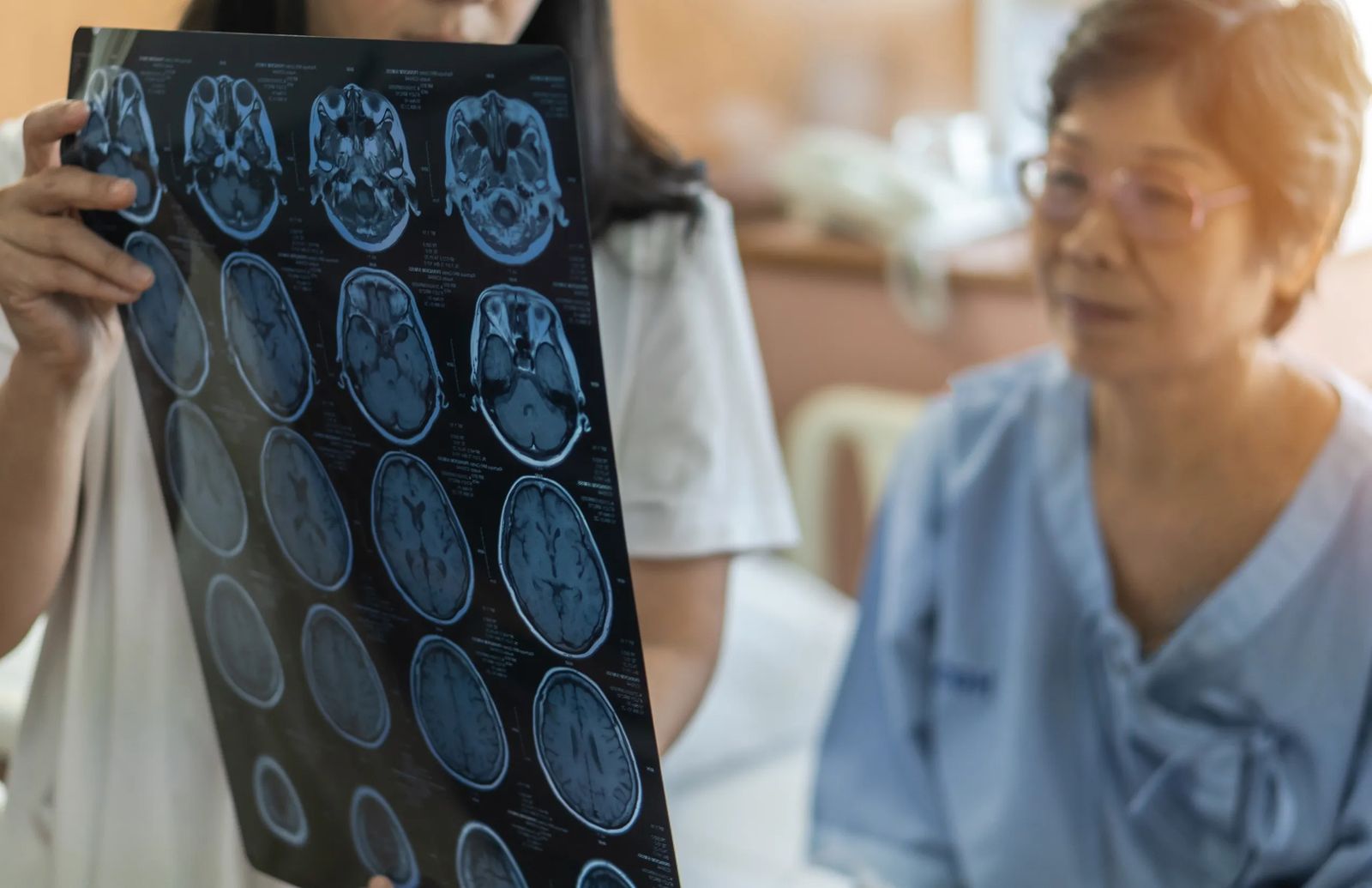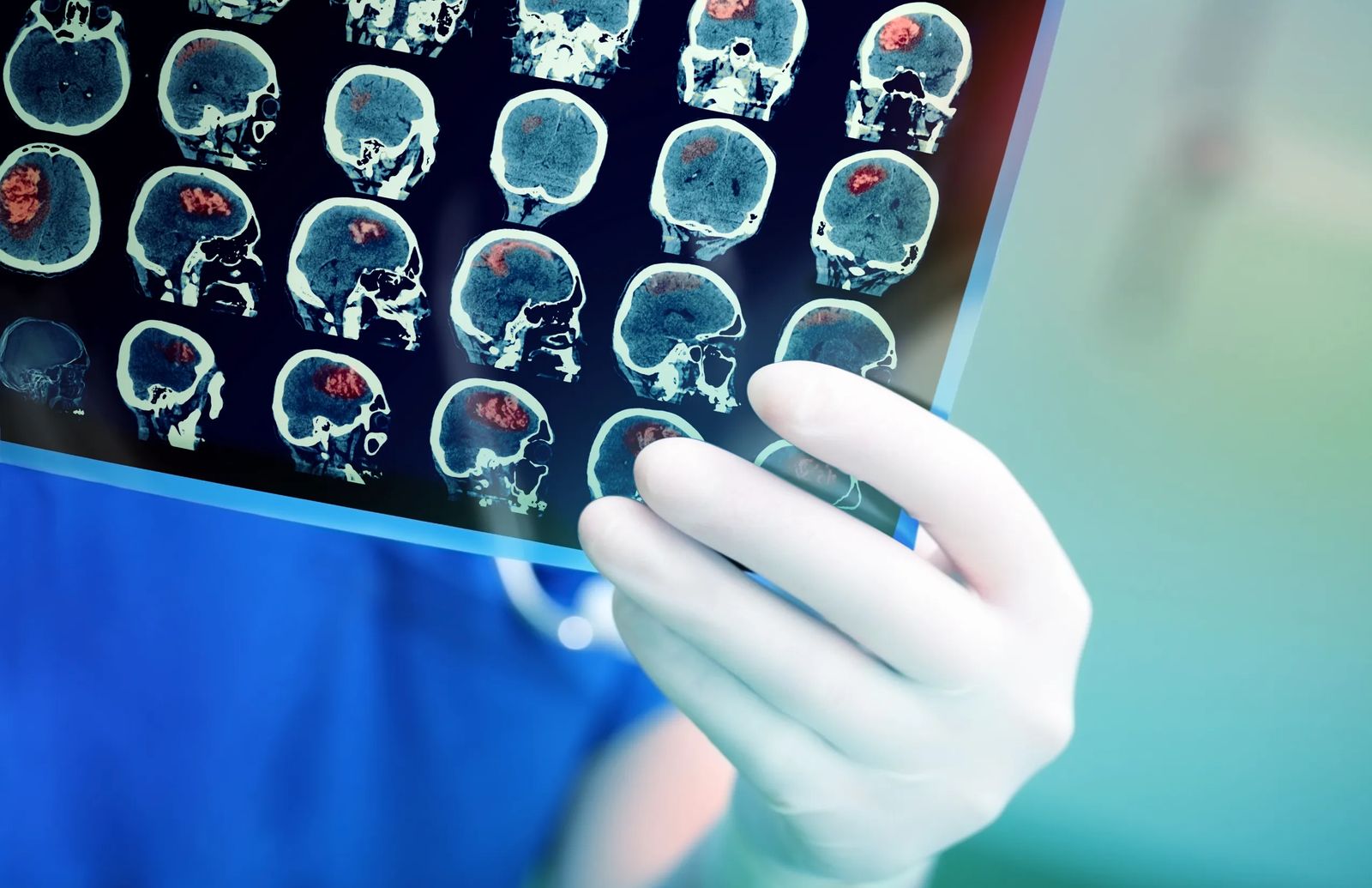
Are You having a STroke?
Knowing the Signs & Risks
St. Vincent Regional Hospital
Right now, one in every twenty adult deaths are blamed on strokes. It's the fifth leading cause of death. May is Stroke Awareness Month and Intermountain Health wants you to know that most cases can be prevented if you know the signs and risks.
Stroke is a term that physicians use when a part of the brain is damaged because of a problem with blood flow. Strokes can happen when:
• An artery going to the brain gets clogged or closes off, and part of the brain goes without blood for too long, accounting for approximately 85% of strokes.
• An artery breaks open and starts bleeding into or around the brain

The effects of a stroke depend on several factors, including which part of the brain is affected and how quickly the stroke is treated.
“Stroke symptoms range from minor with no significant lasting effects to causing significant disability or death,” said Dr. Anne Teerink, family medicine physician at Intermountain Health West End Clinic in Billings. “For example, some people become partly paralyzed or cannot speak. The most common stroke symptoms are sudden weakness in the face or arms and inability to speak, but strokes can cause many other symptoms as well.”
.jpg?fit=outside&w=1200&h=1500)
DR. ANNE TEERINK, FAMILY MEDICINE PHYSICIAN
Most strokes are caused by treatable risk factors and are, therefore, preventable. The main stroke risk factors are high blood pressure, high cholesterol, diabetes, and cigarette use. Another common cause of stroke is untreated atrial fibrillation.
Healthy lifestyle choices such as regular exercise and a healthy diet could prevent three-quarters of strokes.
A healthy diet, specifically the Mediterranean diet, with very few fried foods, sweets, or red meat and with more chicken, fish, vegetables, nuts, and fruits, has been found to reduce the risk of stroke. Limiting salt can also lower your blood pressure.
Physical activity protects the heart and brain and reduces the risk of stroke, heart disease, and dementia. Aim for 30 minutes of moderate exercise on most days of the week.
“Quick medical treatment during a stroke is one of the most important factors in determining a good outcome,” said Dr. Teerink. “If a stroke does occur, there are treatments available to prevent long-term brain injury, but are very time sensitive.”

Stroke treatments focus on restoring blood flow to the brain to prevent brain tissue from dying due to a lack of blood flow. Treatments include a blood clot-dissolving medication called tPA and a procedure that uses a catheter to pull blood clots out of large arteries in the brain. Both treatments can significantly reduce disability, but they are very time-sensitive.
The Intermountain Health team of specialists continues to develop protocols that shorten the time it takes to diagnose and treat a stroke because a quick diagnosis and treatment can mean less long-term damage, less disability, and better overall outcomes.









